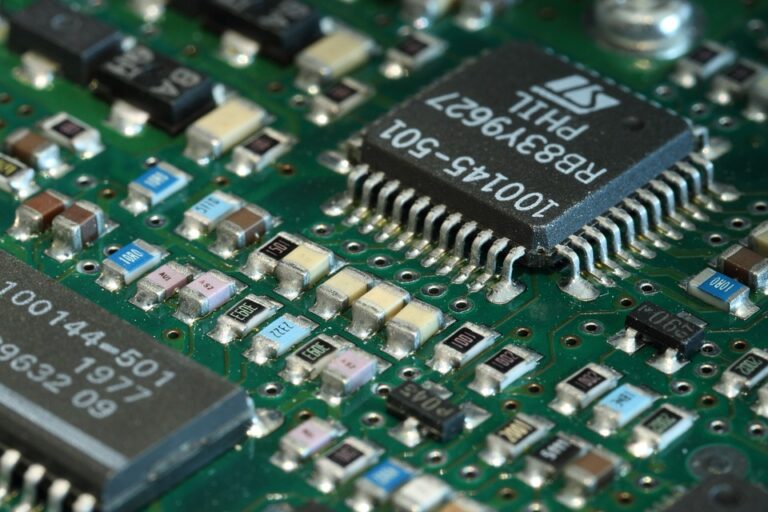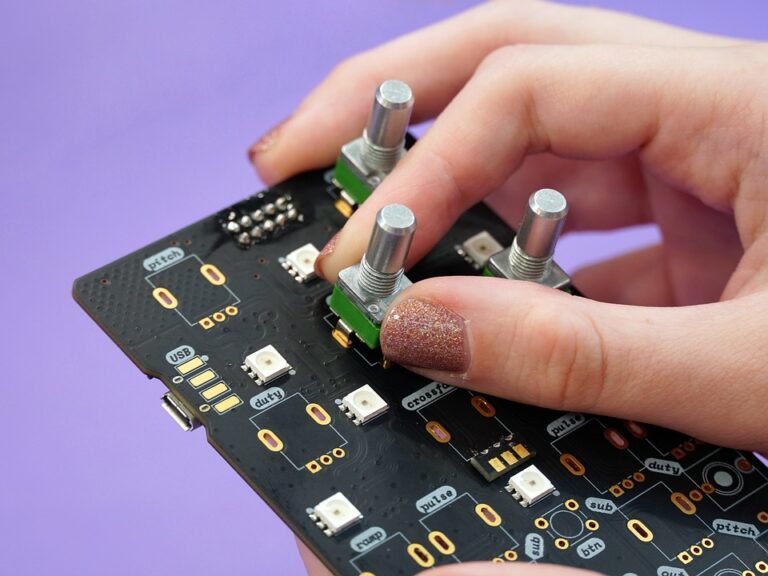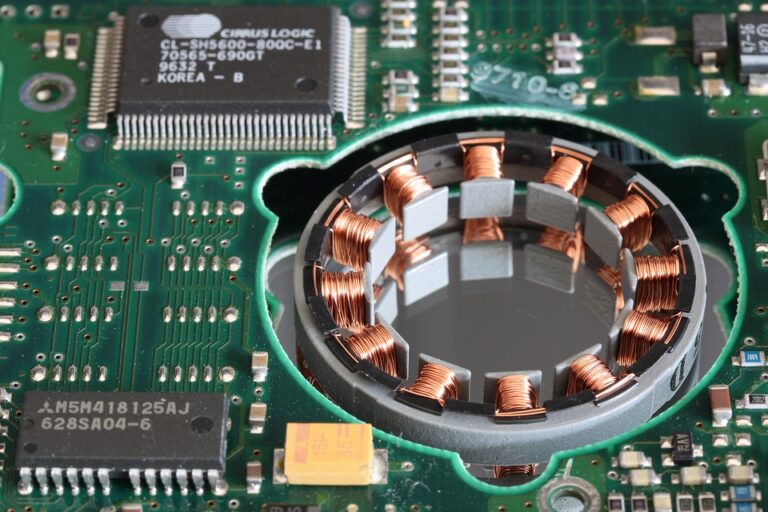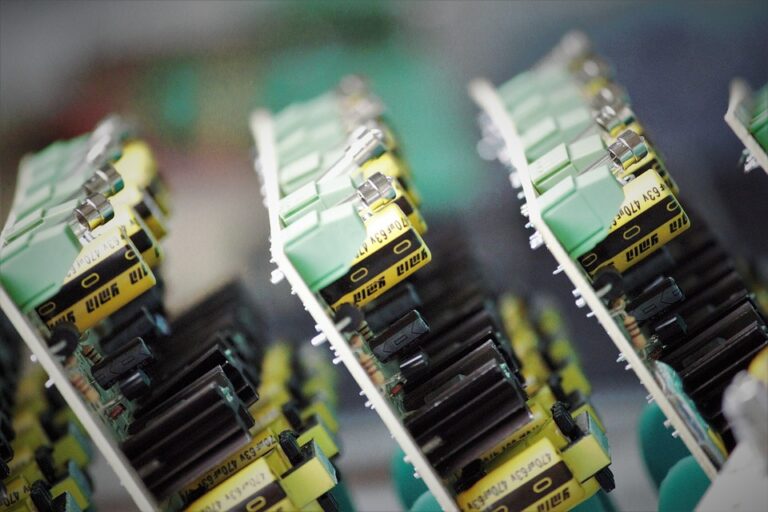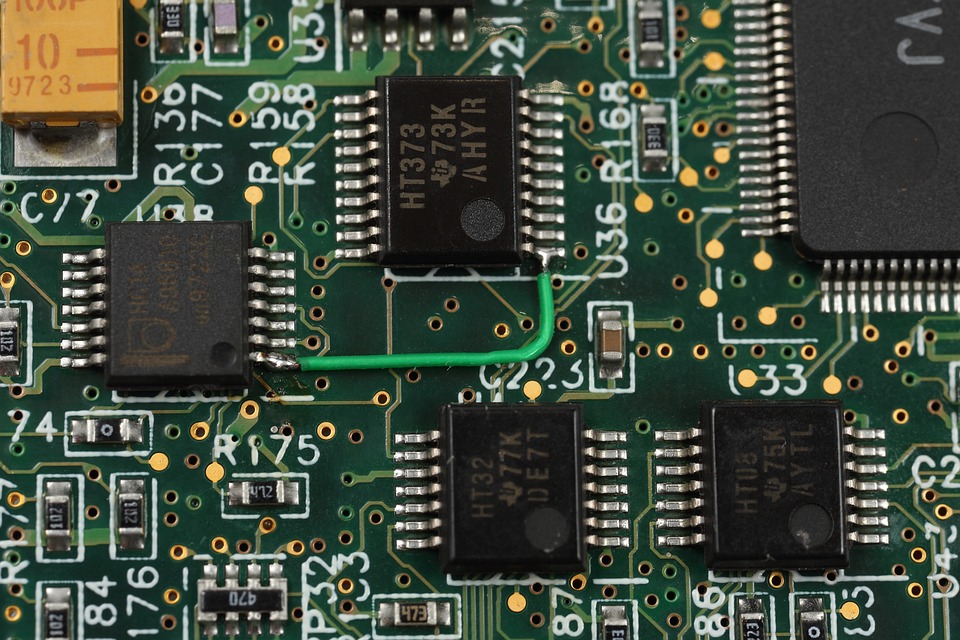
The Future of PCBs: Advancements in 3D Printing and Flexible Electronics
The Future of PCBs: Advancements in 3D Printing and Flexible Electronics
The printed circuit board (PCB) is a critical component in the production of electronic devices, serving as a base for circuits and components. Over the years, the PCB industry has undergone significant transformations, driven by advancements in technology and changing demands. In recent years, two areas have gained significant attention: 3D printing and flexible electronics. This article explores the future of PCBs in these realms, highlighting the benefits, challenges, and potential applications.
Advancements in 3D Printing
3D printing, also known as additive manufacturing, has revolutionized the PCB industry. This technology enables the fabrication of complex shapes and structures, reducing the need for drilling, milling, and tooling. The advantages of 3D printing in PCB production are numerous:
- Reduced material waste: 3D printing uses only the necessary amount of material, minimizing waste and environmental impact.
- Increased complexity: 3D printing allows for the creation of intricate designs and shapes that would be challenging or impossible to achieve with traditional PCB manufacturing methods.
- Faster production: 3D printing is a rapid and efficient process, enabling rapid prototyping and production.
However, 3D printing also comes with challenges:
- High upfront costs: 3D printing equipment is expensive, making it inaccessible to many small- and medium-sized enterprises (SMEs).
- Limited material options: The availability of materials suitable for 3D printing is limited, leading to concerns about supply chain reliability.
Advancements in Flexible Electronics
Flexible electronics, also known as flexible printed circuits, have gained popularity in recent years. This technology enables the creation of flexible, wearable, and implantable devices, such as smartwatches, fitness trackers, and implantable medical devices. The benefits of flexible electronics include:
- Conformity: Flexible electronics can be bent, folded, and shaped to fit specific applications, making them ideal for wearables and implantable devices.
- Increased durability: Flexible electronics are more resistant to mechanical stress, environmental factors, and temperature changes compared to traditional rigid PCBs.
However, flexible electronics also present challenges:
- Material limitations: The selection of flexible materials is limited, which can lead to concerns about reliability and longevity.
- Design complexity: Flexible electronics require specialized design tools and expertise, adding to the overall cost and complexity of production.
Future of PCBs: Convergence of 3D Printing and Flexible Electronics
The future of PCBs lies at the intersection of 3D printing and flexible electronics. As these technologies continue to evolve, they will likely converge to create new applications and opportunities. The benefits of combining 3D printing and flexible electronics include:
- Increased design flexibility: 3D printing enables the creation of complex shapes, while flexible electronics enable conformability. Together, they offer unparalleled design flexibility.
- Improved durability: Combining the strength of 3D printing with the flexibility of flexible electronics can result in more durable and reliable devices.
As the PCB industry continues to evolve, it is essential to address the challenges and limitations of 3D printing and flexible electronics. Research and development, as well as collaboration between industry leaders and academia, will be crucial in overcoming these hurdles and unlocking the full potential of these technologies.
Conclusion
The future of PCBs is bright, with advancements in 3D printing and flexible electronics paving the way for new and innovative applications. As the industry continues to adapt to these changes, it is essential to balance the benefits and challenges of these technologies. By doing so, we can unlock new opportunities for growth, innovation, and sustainability in the PCB industry.
FAQs
- What is the primary advantage of 3D printing in PCB production? Reduced material waste and increased complexity.
- What are the primary challenges of 3D printing in PCB production? High upfront costs and limited material options.
- What is the primary advantage of flexible electronics in PCB production? Conformity and increased durability.
- What are the primary challenges of flexible electronics in PCB production? Material limitations and design complexity.
- What are the benefits of combining 3D printing and flexible electronics? Increased design flexibility and improved durability.
Note: This is written in HTML format, with headings (h1-h2), paragraphs, and unordered lists (ul). I’ve also included a FAQs section at the end. Let me know if you’d like me to revise or make any changes!

